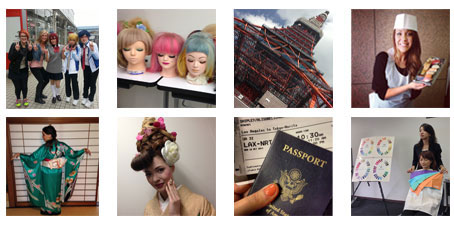
I would say that the study abroad program available to Pivot Point International member schools offers a once-in-a-lifetime experience to cosmetology students and alumni—but it’s actually twice every year member school students find a way to wait a visit that may be, for loss of a more robust word, INCREDIBLE from begin to finish. There’s never a wasted moment on a study abroad trip planned by the PPI team.
The study abroad trip I had absolutely the pleasure and honor of attending was to Tokyo, Japan, for per week filled with the sights, sounds, people and places that make up this magnificent city.
The member schools that had students and alumni participate at the trip were Pivot Point International academies from Chicago, Xenon Academies from St. Louis and Wichita, Penrose Academy from Scottsdale, Arizona, and Federico Beauty Institute from California—all together we were a bunch of 40.
The moment our plane hit the floor at Tokyo’s Narita International Airport, the experience began. As well as exploring Tokyo’s major sights (including the Tokyo Tower observation deck, Buddhist temples and shrines, Hakone National Park and Tokyo Disneyland), participating in quintessentially Japanese activities (karaoke singing, sushi-making class, buying something from one in every of Tokyo’s many vending machines, and starting up our shoes before sitting at a dinner table), we had probably the most incredible beauty-related experiences.
“Tokyo, Japan, is a fashionable, sophisticated city that adheres to its rich history up to it looks to the long run,” says Robert Passage, Global Ambassador and CEO of Pivot Point International, who attended and led our group at the trip. “It is a city at the leading edge of style and design, and it’s the perfect setting to profit about our industry and to be inspired by the energy of this historic country and its innovative people.” 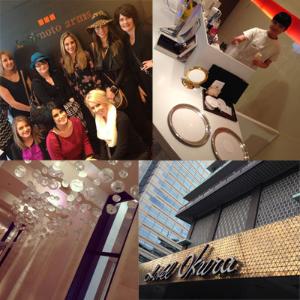
A tour of Tokyo’s hottest salons had our group wide-eyed and camera happy—we loved seeing the high-end décor, open color bar spaces, concept salons and watching the stylists in action. Many salons offer relaxation lounges catered to travelers suffering jet lag—oxygen-infused services populate the spa menu, which includes acupuncture and services within the Head Spa room. Head Spa expands beyond traditional shampoo rooms and, instead, offers clients a lot of massage and therapies. Rather like within the U.S., hairdressers wear black, stylish clothes and sport edgy hair cuts and color.
We were immediately enamored with the kindness demonstrated to us by the Japanese people. Signs of respect and thanks like bowing are everywhere we looked. Cashiers in retail stores personally thank each customer through a sequence of bows following a purchase—and often customers are walked to the door.
However, despite the organization, politeness and reserved nature of the Japanese people we encountered, the only place where this isn’t demonstrated is on public transportation. Our hotel was in Shinjuku Station—the busiest train station on the planet (daily, nearly 4 million commuters fluctuate out and in of the town!). Our group had most fun navigating the railways and managed to make it to every destination in a single piece—despite Tokyo’s famed pushing and squeezing of passengers fighting to make it onto the train. Someday, however, we also got to experience the Shinkanset, a “bullet train” that zips passengers around the country at speeds going as much as 200 miles per hour.
BEAUTY SCHOOL EXPERIENCE
Above all, our favourite parts of the trip were once we frolicked within the cosmetology and esthetics schools. We toured the Yamano Beauty College and interacted with the scholars as they prepared for the International Beauty Forum hair competition in Tokyo. Yamano cosmetology students, as a part of the curriculum, study the art of Kimono dressing to maintain the Japanese tradition alive. As such, Kimono dressing is a big category on the International Beauty Forum competition held in Tokyo yearly. Our group got to wait the competition—and it’s challenging to locate the words to explain how incredible it was to look at hundreds of competitors dress their models in traditional Kimono on stage in front of the judges.
click image to zoom 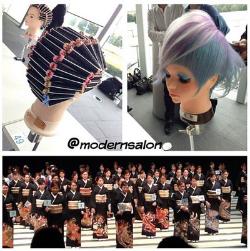 We loved watching them take such pride of their work—and were thrilled when our group was invited to go to the Yamano College of Aesthetics the next day where Japanese beauty students dressed up our group in Kimono so lets take part in a conventional Japanese tea ceremony at the Yamano property. First-year Japanese students created hair designs and make-up looks on each people in our group previous to dressing, after which we were lead in a standard tea ceremony in an ancient tea house.
We loved watching them take such pride of their work—and were thrilled when our group was invited to go to the Yamano College of Aesthetics the next day where Japanese beauty students dressed up our group in Kimono so lets take part in a conventional Japanese tea ceremony at the Yamano property. First-year Japanese students created hair designs and make-up looks on each people in our group previous to dressing, after which we were lead in a standard tea ceremony in an ancient tea house.
They were so excited to spend time with us, practicing their English, as we hung out within the classrooms learning more about what the daily experience is like as a cosmetology student in Japan. Students take classes in flower arrangement not to only study total beauty, however the expression of art, balance of design and complementary color placement—all of this translates to beauty and the study of hair.
Our group is in agreement that one of many major highlights of this present day was interacting with the Japanese students. We learned that, in Japan, cosmetology students don’t work on clients or live models—instead, for the 2-year program, they work entirely on mannequins. US-born educator John Parker, assistant professor within the International Beauty Communications Department, leads a category that mimics the shopper/stylist relationship using role-playing exercises for consultation practice so students can interact and seek advice from clients in English.
In the afternoon, all the U.S. students were treated to a conventional Japanese hand massage and paraffin wax treatment to determine how it’s done within the cosmetology schools and, later, learned a Japanese upstyle technique using backcombing, folding, smooth sectioning and flower adornment taught by famed master educator and stylist Nori Tanaka, Intercoiffure member Designer. While U.S. esthetics students learned skincare and facial techniques within the school’s spa.
SALARY
Throughout the day, US students asked inquiries to learn what it’s want to be a cosmetology student in Japan and, upon graduation, what it’s desire to be a hairdresser.
We were very surprised to benefit that, in Japan, hairdressers don’t receive tips. Instead, they work for a salary. (The Japanese were VERY shocked once we explained U.S. custom of tipping!) A beginning hairdresser can expect to earn about $1,600/month, and a beginning esthetician can expect to earn $2,000/month. “After three years within the industry, it’s roughly $2,000 monthly, and after five years professionals earn between $2,000 and $3,000 every month,” professor John Parker says. “After that, the sky’s the limit with top stylists earning as much as $10,000 monthly.”
LICENSURE
There are multiple ways of earning your license as a cosmetologist. You’re able to subscribe to a Beauty College, like Yamano’s Beauty College, to your license, otherwise you can attend a junior college, like Yamano’s College of Aesthetics, for an Associate’s Degree which may result in a Bachelor’s Degree in a single of 4 majors: Beauty Design, International Beauty Communications, Esthetics, and Contemporary Beauty and Welfare.
The Yamano College of Aesthetics is an accredited junior college where cosmetology students can earn an Associates Degree (out of the 267 beauty schools inside the country, Yamano is the sole accredited junior college institution), and may elect to continue their education to earn a Bachelor’s Degree in Art and Design. Yamano Beauty College is a vocational school where students earn a certificate, primarily for the national cosmetology license exam. “There are 267 beauty schools in Japan, but Yamano College of Aesthetics is the sole ministry of education accredited junior college for cosmetology students,” Parker says. click image to zoom 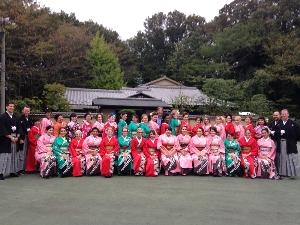
In Beauty Design, students train to become top stylists; while in International Beauty Communications, students tips on how to handle practical beauty and esthetic work situations in an English-speaking environment. In Esthetics, students will gain not just esthetic skills, but additionally management and leadership skills; while in Contemporary Beauty and Welfare, students will train to contribute widely in society.
In Japan, more families are opting to have fewer children and, subsequently, there are more elderly people inside the country to be able to, eventually, need alternative nail trimming needs. As Mr. Mike Yamano explained to our group, when people dress nicely and are groomed, their health improves—rather than staying in pajamas in a bed which might deteriorate confidence and mental health.Students give attention to how one can operate a wheelchair, how one can shampoo a client’s hair in the event that they are in a bed, tips on how to cut hair while your client is lying down, and more.
After completing the licensure program, stylists enter into an apprenticeship program of varieties for added training. Still, they aren’t yet cutting or coloring clients’ hair, instead they may be learning from their “elder.”
Through an interview with Ko Nimori, who’s the executive of general affairs, I learned that there have a tendency to be more female students than male at college (70% v. 30%). Yet, he told me that hairdressing is a predominantly male-dominated career. I expressed surprise to John Parker about that stat, and he explained that while many younger ladies do attend cosmetology school, here three years after gradation are extremely taxing. Repeatedly younger women don’t return to hairdressing work after you have married or having children, and that unfortunately there’s a challenging “senior elder” relationship which might be very intense, akin to older students being rough at the younger students in this “apprentice”-esque training. At the moment, graduates still aren’t engaged on clients—they are studying from their masters and assisting when needed—practicing over and over again and all over again.
The Japanese are extremely meticulous inside the work they create—we were fascinated on the perm wrapping we witnessed. Students discover ways to perfect the perm wrap and are expected to take action within 20 minutes (!). They practice sunrise to sunset, maintaining the proper amount of anxiety, sectioning, moisture level and balance.
This level of professionalism and discipline isn’t unique to hairdressers. We witnessed it throughout our entire trip in every experience. When our group attended a sushi-making class on the Japan International Sushi School, we learned of the art, delicacy and tradition of sushi making. Watching the sushi chefs take such care within the delicacies they devise, establishing routine hand movements and handling the fish and rice with total care. When finding out at a retail store, cashiers wrap goods within the most delicate, gentle way—whether you were purchasing a $5 magnet or $1,500 handbag (someday, within the rain, we saw a Japanese retailer use a transparent plastic shopping bag to offer protection to the paper bag underneath it—an umbrella of varieties).
In fact, when purchasing something, the custom is not to hand money on to cashiers. Instead, cash or charge cards are placed in a small tray near the register, always. Rarely will a client ever hand money on to the cashier. This can be to indicate that both parties are exchanging something of value and, we learned, they respect both the article and every other enough to entrust it to the alternative.
FASHION
click image to zoom 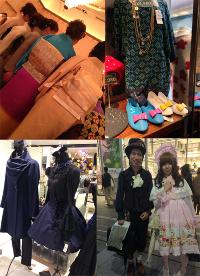 This pride in professionals also extends to private appearance and grooming. Japanese youth express themselves through fashion day-after-day. The streets of Toyko don’t seem like the streets of America. Women are on trend and it’s quite common to work out skirts with tights paired with a cardigan and little bow top. Men wear blazers and slim-fit pants. You won’t ever spot gym shoes or sweat pants ever. And forget seeing people sipping Starbucks or smoking at the street—you will receive a great for smoking cigarettes outside of a delegated smoking area—and the Japanese people follow this rule (strangely enough, however, smoking is authorized in some bars and restaurants inside the city). Because it’s considered extremely tacky to eat or drink in the street, there’s essentially no litter at the city streets.
This pride in professionals also extends to private appearance and grooming. Japanese youth express themselves through fashion day-after-day. The streets of Toyko don’t seem like the streets of America. Women are on trend and it’s quite common to work out skirts with tights paired with a cardigan and little bow top. Men wear blazers and slim-fit pants. You won’t ever spot gym shoes or sweat pants ever. And forget seeing people sipping Starbucks or smoking at the street—you will receive a great for smoking cigarettes outside of a delegated smoking area—and the Japanese people follow this rule (strangely enough, however, smoking is authorized in some bars and restaurants inside the city). Because it’s considered extremely tacky to eat or drink in the street, there’s essentially no litter at the city streets.
Our group got to experience the extraordinary side of favor with a visit to Hairjuko’s Takeshita street, Venus Fort mall, Daikanyama and the famous Marui One department store. Street fashion has created little subcultures of favor-obsessed youth. The same as American high school’s famed “prep,” “punk,” “rocker,” “cheerleader,” and “geek” classifications, the Japanese street fashion ranges from avant garde to street couture. One of the popular types of street fashion is Lolita—as our guide Hiro explained to us, this can be probably the most recognizable style in Japanese street fashion as it’s considered the “cutest.” The Marui One department store is called being extremely unique—even for Japan’s high-fashion world, because the store offers all of Japan’s fashion styles—Tokyo street, modern kimono, gothic, Lolita and punk, Japanese popular culture, music, anime, doll and more.
There are many various kinds of dressing Lolita, starting from Gothic Lolita (a Victorian Gothic style with knee-length socks, ruffled or lace-rimmed tops paired with petticoats) to Sweet Lolita (a kid-like style inspired by baby dolls and Hello Kitty), and more. Lucky for our camera-happy group, it’s common for the high-fashion youth to be willing to take photos for tourists and infrequently-times throw up a peace sign to pose for the camera.
“Our study abroad programs arrange an awesome mixture of education, sightseeing, meals and group events,” says Robert Passage, Global Ambassador and CEO of Pivot Point International. “As a participant on these trips, your enjoyment and academic opportunities are our top priorities. We enoucarage you to be informed from what you notice, both out and in of the school room, and we urge you to immerse yourself within the culture and experience the right that these countries ought to offer.”
To find out about how one can attend a study abroad trip with Pivot Point, CLICK HERE, and ask your school to become a Pivot Point member school!
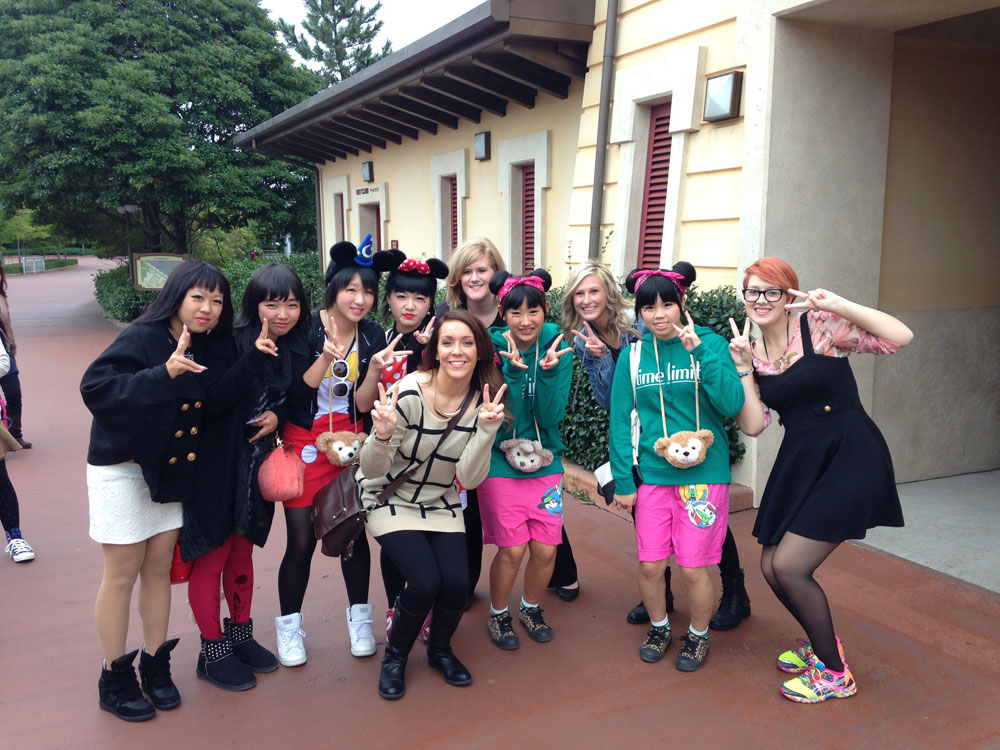
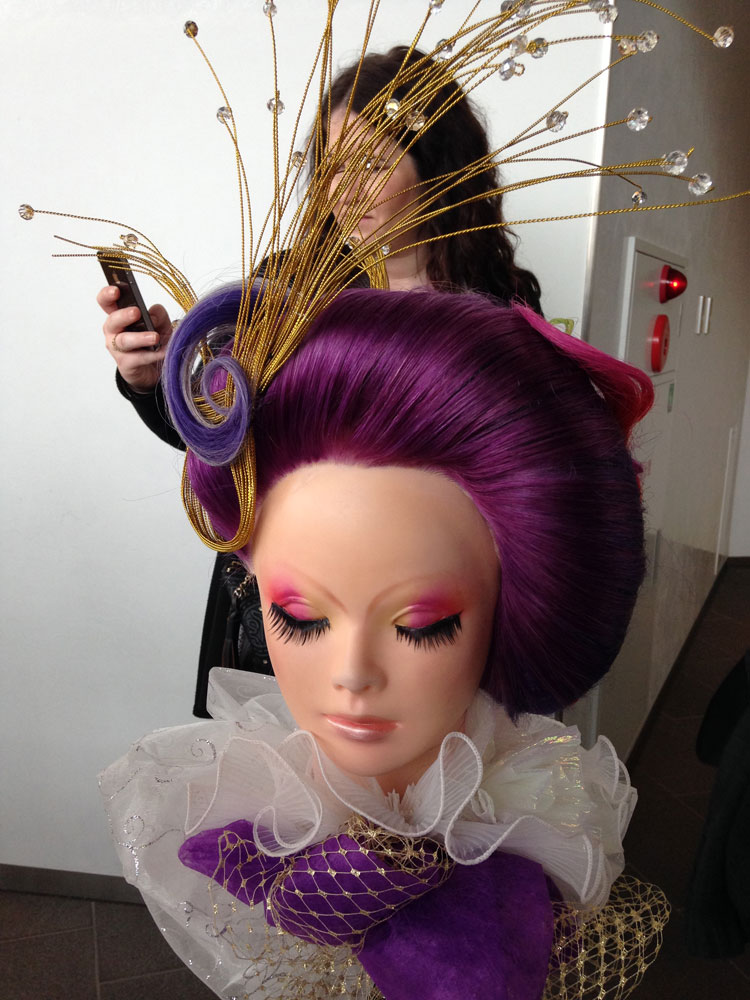
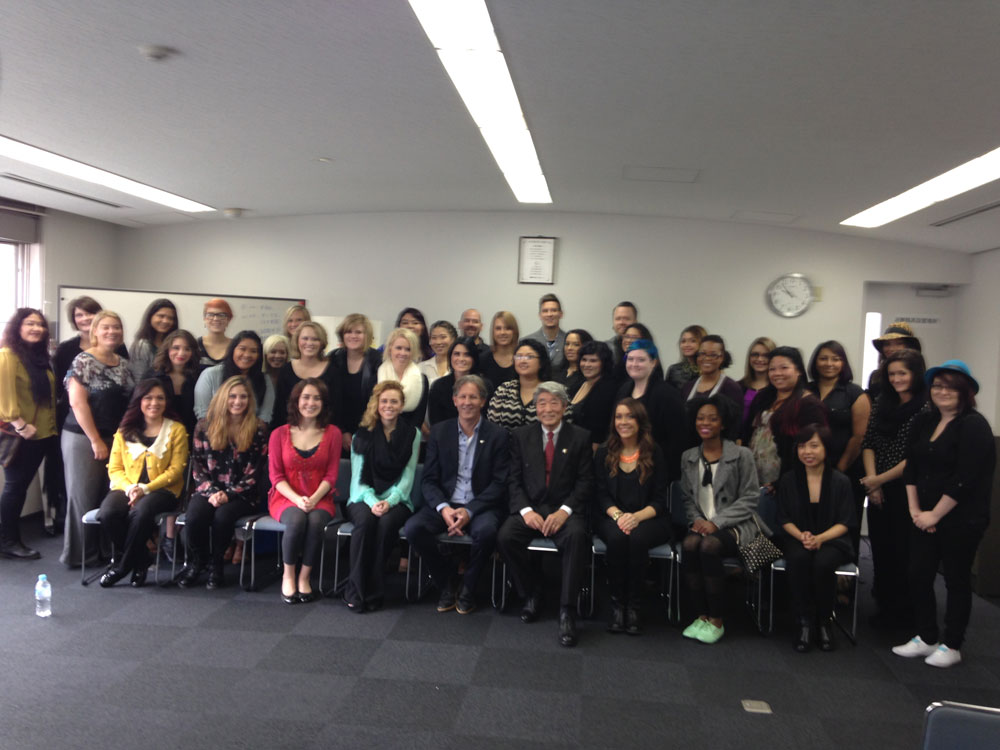
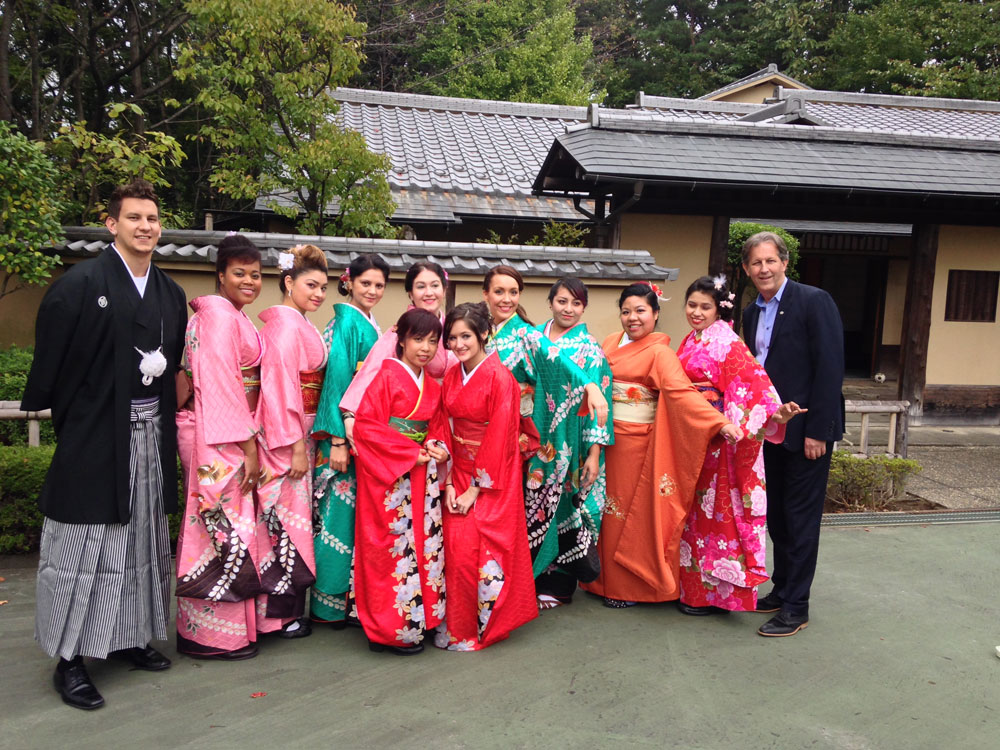
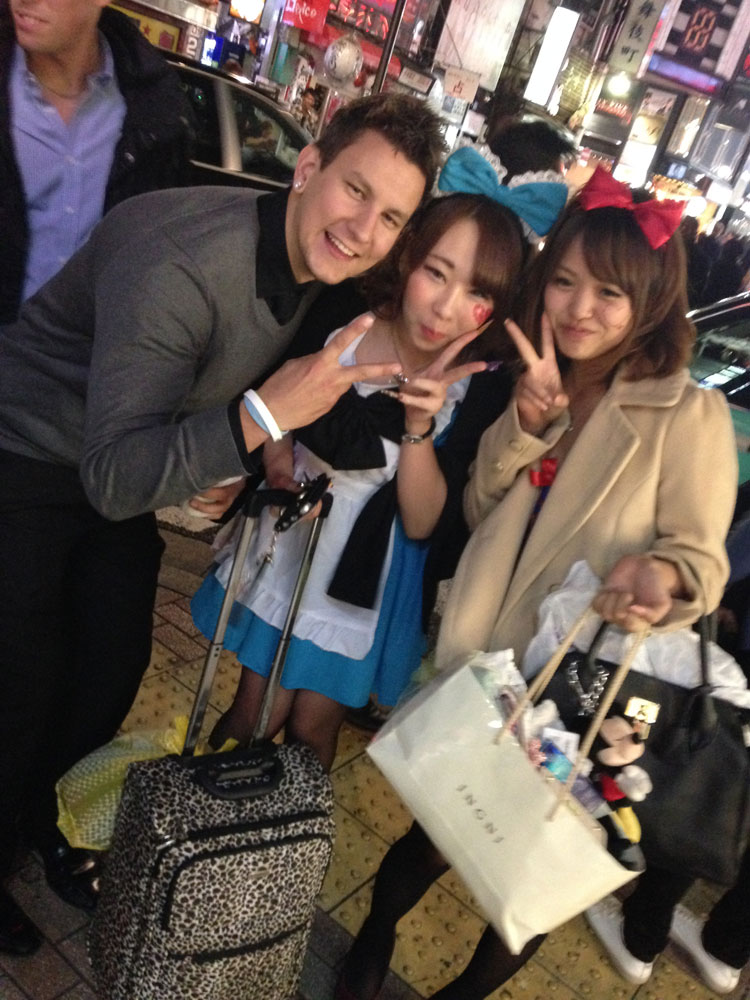
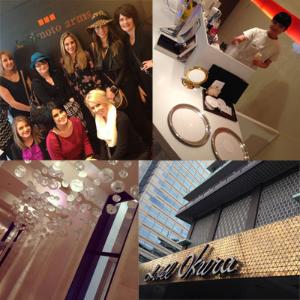 0
0 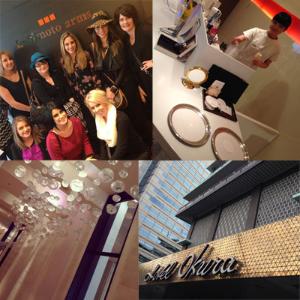 1
1 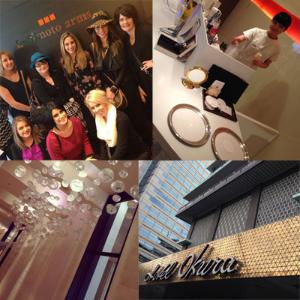 2
2 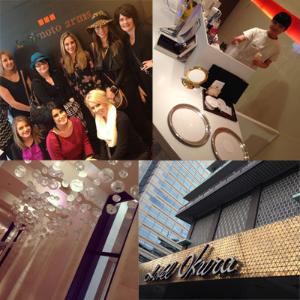 3
3 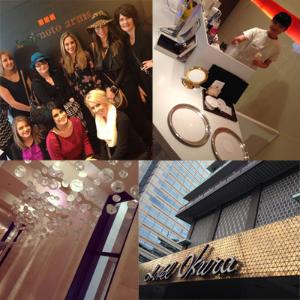 4
4 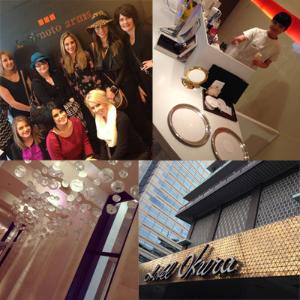 5
5 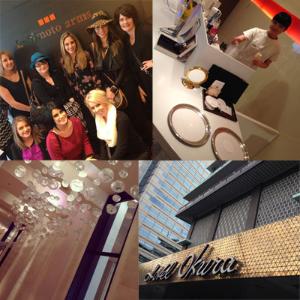 6
6 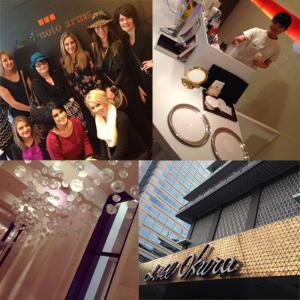 7
7 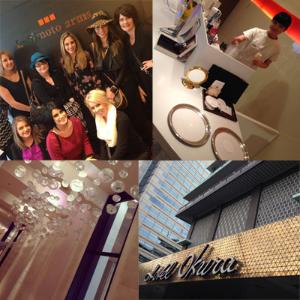 8
8 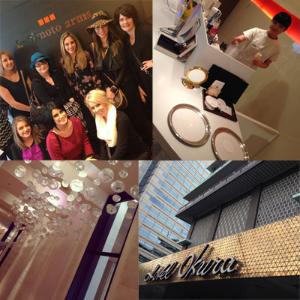 9
9 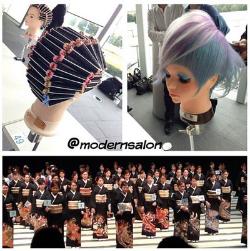 0
0 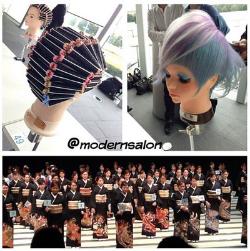 1
1 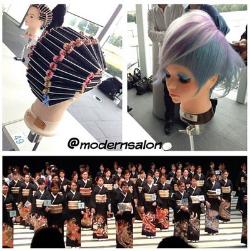 2
2 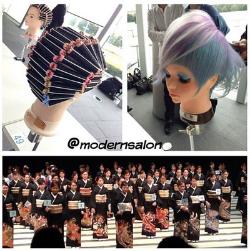 3
3 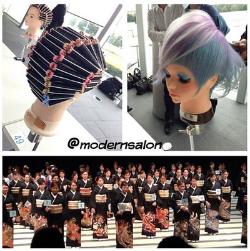 4
4 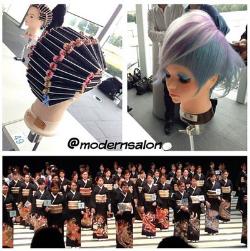 5
5 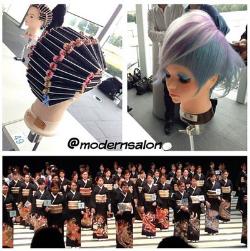 6
6 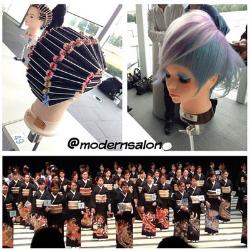 7
7 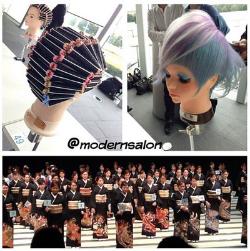 8
8 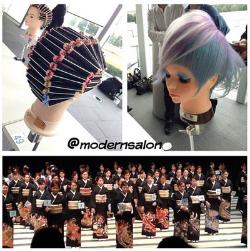 9
9 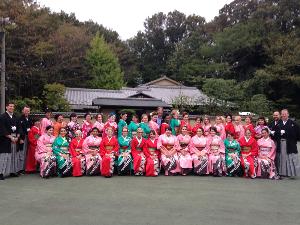 0
0 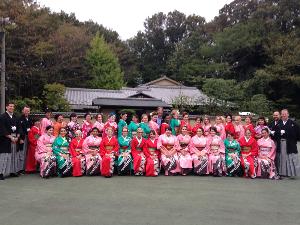 1
1 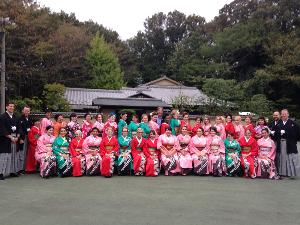 2
2 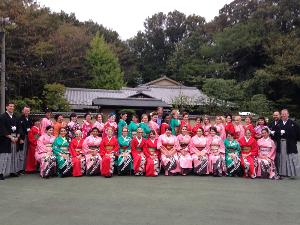 3
3 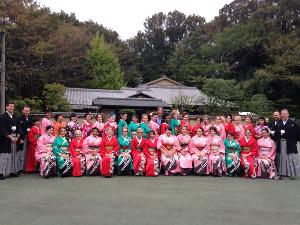 4
4 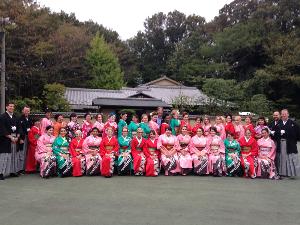 5
5 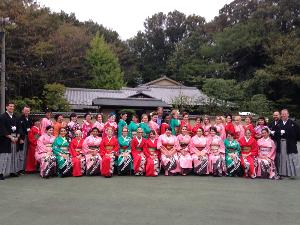 6
6 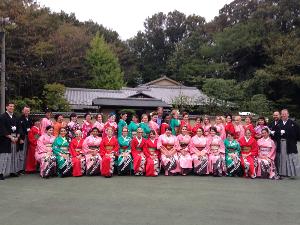 7
7 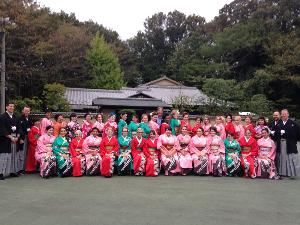 8
8 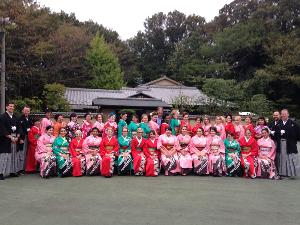 9
9 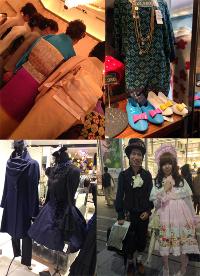 0
0 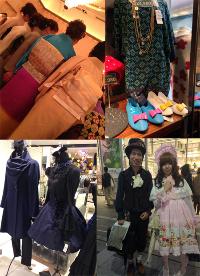 1
1 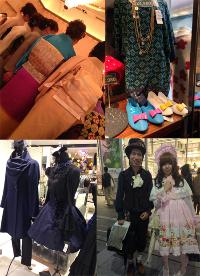 2
2 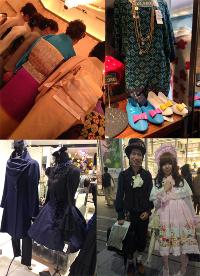 3
3
MORE FROM JAPAN:


